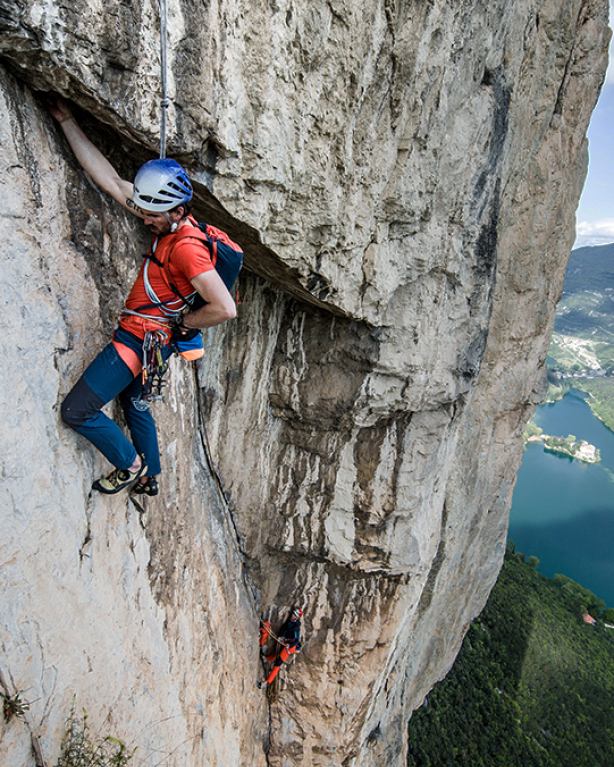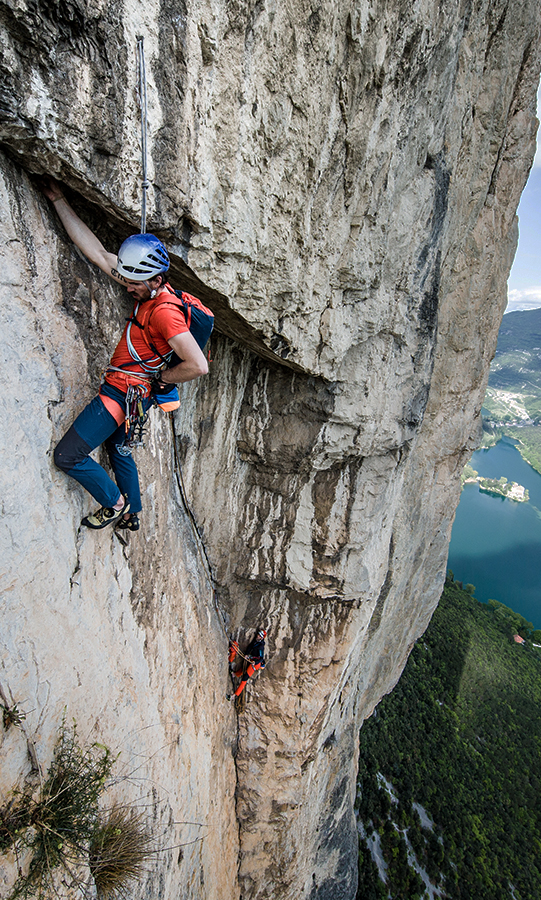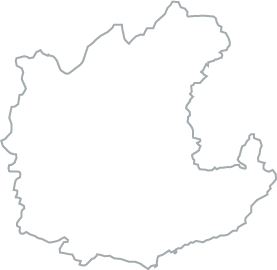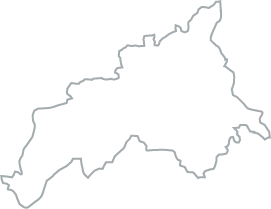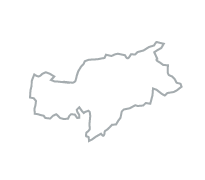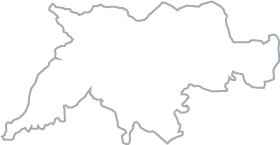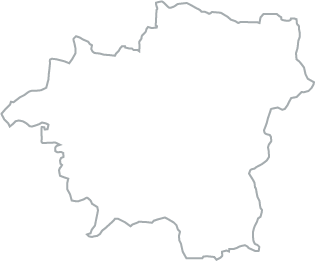Subchapter: Planning alpine climbs
Risk management
CONDITIONS AND TERRAIN
Various aspects are taken into account when selecting and planning a route destination. Your own climbing abilities and those of your rope partner are just as important as assessing the conditions, ensuring adequate information, appropriate scheduling and the right equipment. Good planning and having enough experience to recognize potential hazard points are the foundation for your safety.
The following ten steps are important tips to consider when planning a climb. Of course, they are not set in stone and will need to be amended or adapted depending on the route and rope team.
Mountain weather
CITICAL FACTOR IN ALPINE CLIMBING
The weather is an extremely important factor on every mountain and climbing tour, especially when it comes to safety. This is why the weather forecast plays a key role, even as early as the planning stage. But your own weather observations are also crucial in detecting thunderstorms in good time and in making appropriate decisions at an early stage. There are essentially two types of thunderstorm: heat thunderstorms and frontal thunderstorms.
Check out the weather of your climbing region!
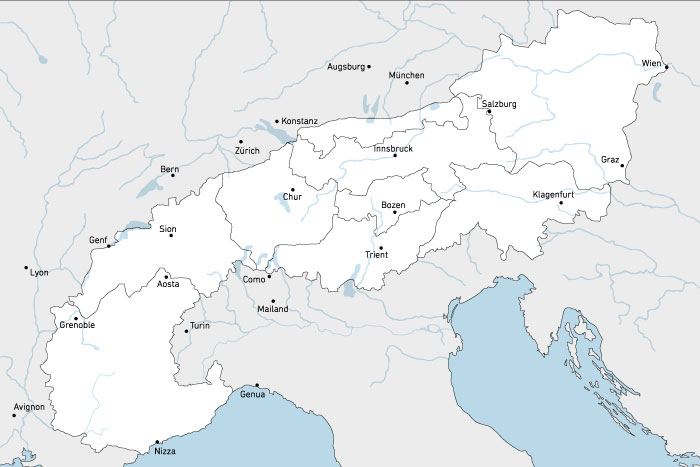
Mountain weather - central part of the tour planning
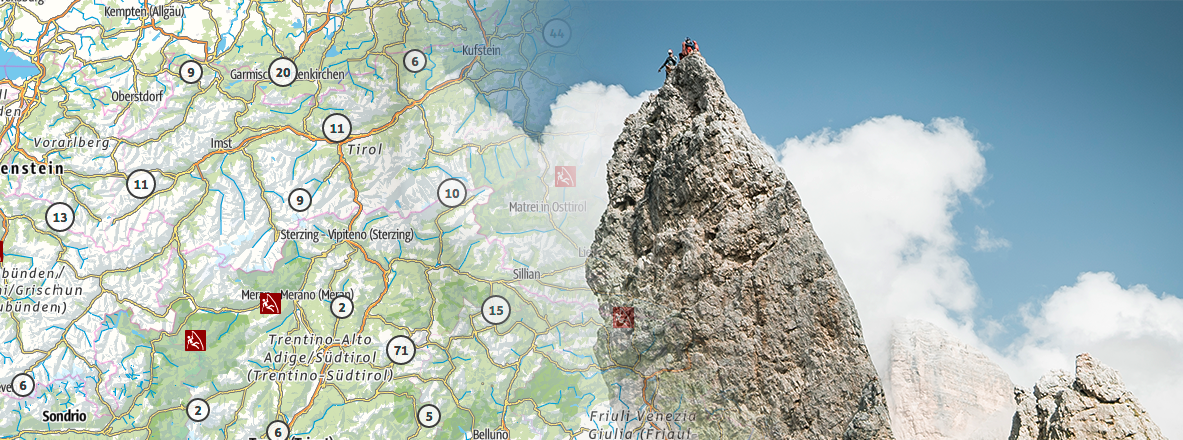
Important tips for tour planning
With the ORTOVOX tour planner: it is important to ensure that your route information is as comprehensive and up-to-date as possible – this can be crucial for the success of the climb.
Take a look at the online tour planner and find your alpine climbing tour!

